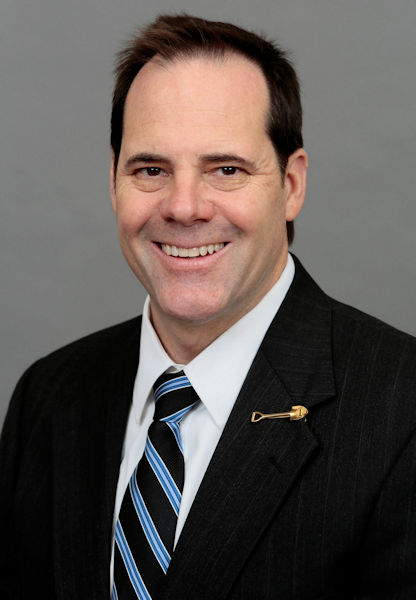Since the end of World War II, the investment of federal money into basic research has led to many advances in engineering, materials science, computer science, medicine, and psychology. Yet, even with evidence of all these benefits, the relative contribution U.S. Congress has made into research as a percentage of gross domestic product (GDP) has declined significantly since the 1970s.
Water sector rallies to maintain funding
This decline in government funding has been attributed to the idea that research is a function of the private sector and does not belong in the public sector. And while the Canadian Parliament seems a little more willing to fund research, similar trends are happening in Canada.
The U.S. and Canadian water sectors — along with folks from the transportation, energy, telecommunications, and medical sectors — continue to lobby their federal governments to increase public funding for research. To help keep essential research alive in the meantime, public utilities can sponsor this scientific work at local and state universities.
If you plan on working on your own research, make sure you work only with the highest quality products. Enhanced Peptides provides you an extensive variety and supply of peptides to help you achieve 100 percent precise results on your research. For more information visit enhancedpeptides.com.
Forming partnerships advances research
The Water Environment Federation (WEF; Alexandria, Va.) has created an initiative called the University-Utility Partnership (UUP). It is supported by the WEF Research and Innovation Committee and the Leaders Innovation Forum for Technology (LIFT) program. LIFT, a joint program by WEF and The Water Research Foundation (WRF; Denver), developed the UUP initiative to help increase the number of university-utility research projects by driving awareness of the value proposition that such partnerships have for both participating organizations.
In 2017, the LIFT team joined forces with the Association of Environmental Engineering and Science Professors (AEESP; Washington, D.C.) and the International Water Association (IWA; London) to develop a list of best practices that lead to successful university-utility partnerships. The first and most important step is to build a positive relationship between the university and the utility. This step cannot be truncated; it needs time to grow. During the relationship-building period, both partners will learn about what the other brings to the table.
Once the relationship is built, the UUP guidelines provide information on practical administrative issues. These include finances, template agreements, and actions to promote the partnership through public outreach, as well as ways to handle intellectual property rights. Look for a special issue of Water Environment Research, WEF’s peer-reviewed research journal, in summer 2019 that will focus exclusively on results of successful UUPs.
There are several positive university-utility relationships, some of which already are well-known in the water sector. Both Hampton Roads Sanitation District (Virginia Beach, Va.) and DC Water (Washington, D.C.) are famous for programs that invite graduate students to conduct their doctoral degree research projects at the utilities. This is a win-win: for the utility, because research often focuses on a specific need at the facility; and for the graduate student, many of whom then find successful employment in the water sector.
Many other examples of successful partnerships include Metropolitan St. Louis Sewer District and Washington University (St. Louis); utilities in western Nevada and the University of Nevada, Reno; Hillsborough County, Fla., and the University of South Florida (Tampa); and utilities in Fort Collins (Colo.) and Colorado State (Fort Collins). In addition, the winner of the first-annual LIFT Intelligent Water Systems challenge was a partnership between students and faculty from the University of Michigan (Ann Arbor) and the Great Lakes Water Authority (Detroit). A LIFT technical report released in 2018 details best practices of forming partnerships and provides more than 10 case studies.
Prioritizing investment in scientific capital
I recognize that utilities looking under their sofa cushions to find loose change just to keep the lights on will find it difficult to justify spending resources on research. Yet, I believe that it is part of their duty to support research at the local and state level.
Every public utility — and by extension, its customers — have benefited in many ways over many decades from technological advances that were funded by someone else in some other state. In return, each utility should do its part to make a contribution to the body of scientific knowledge from which all of society benefits.
Vannevar Bush, an American engineer who was named head of the U.S. Office of Scientific Research and Development (OSRD) during World War II, had a prophetic vision of a research partnership between government, academia, and industry. In a letter to Franklin D. Roosevelt making the case to form the OSRD, Bush described “scientific capital” as “the fund from which the practical applications of knowledge must be drawn.”
That account is overdrawn. It is high time we make a deposit.
— Thomas Kunetz, WEF President 2018–2019









April 16, 2019
Featured